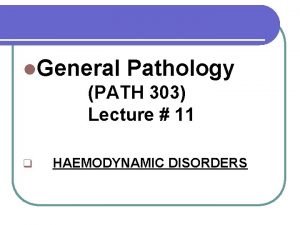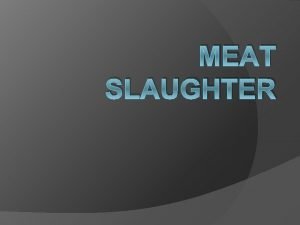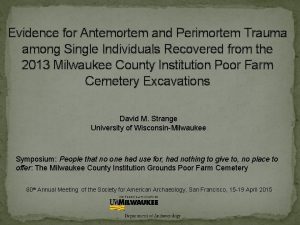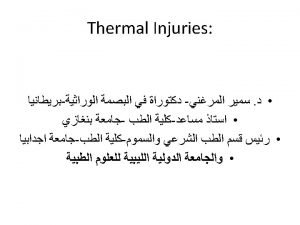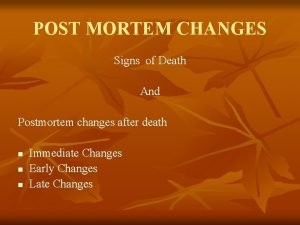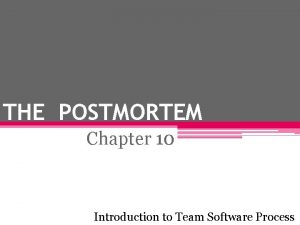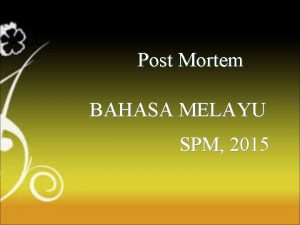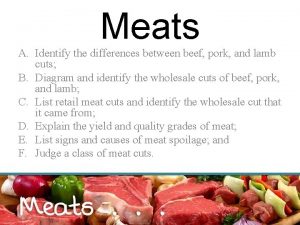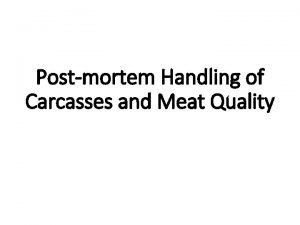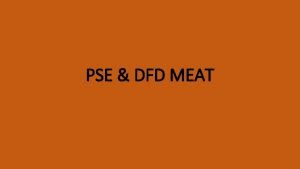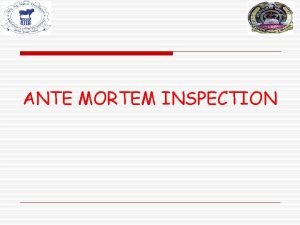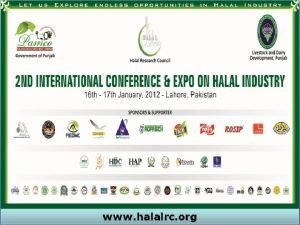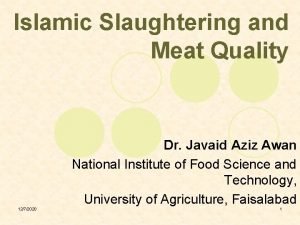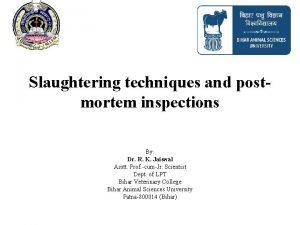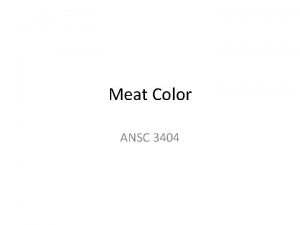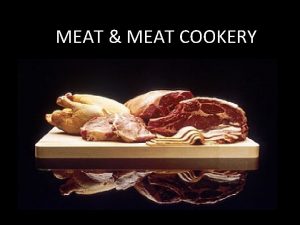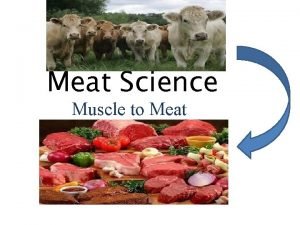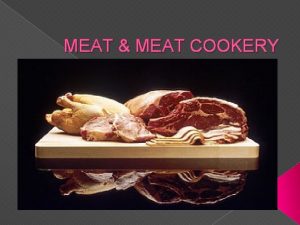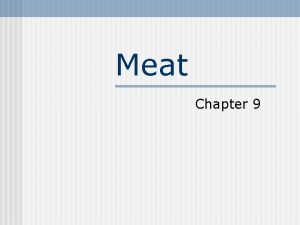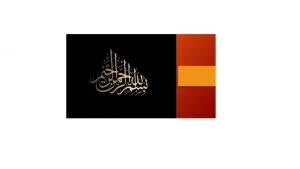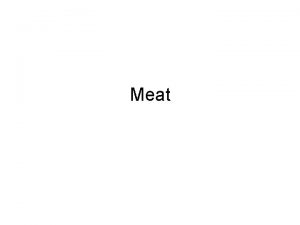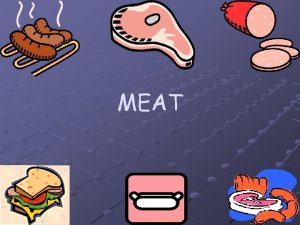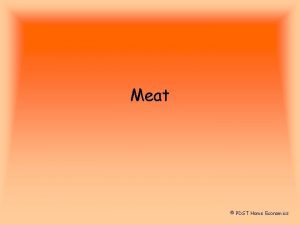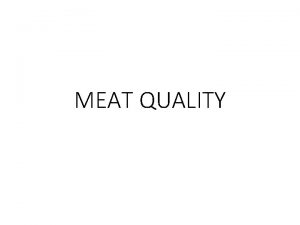FACTORS EFFECT THE MEAT QUALITY Antemortem Slaughtering Postmortem

















- Slides: 17

FACTORS EFFECT THE MEAT QUALITY

Ante-mortem Slaughtering Post-mortem

Handling of Live Animals • Selection • Weighing • Loading to the vehicles • Transport • Feeding • Hunger • Cleaning-washing • Weather • Staff • Equipment

Loading and unloading animals can be difficult and stressful. Vehicles are usually specially designed.

Animals can spend considerable times in transit. It can be change from 12 hours to over 30 hours. If there is an export situation it can take weeks. Most transport is nowadays by road vehicles although in the past railways were important. Ventilation requirements are very important, particularly when carrying stock at high ambient temperatures. Very low ambient temperatures may also be a problem.

• On arrival at the plant, animals are held for various lenghts of time before slaughter in a lairage or stockyard. They need to be supplied with water and, if appropriate, bedding and food. Generally, the conditions in the lairage need to be conducive to the animals resting so that ideally they recover from the rigours of transport. Most animals spend between 1 and 24 h in lairage.

Stress Factors Physical stresses Psychological stresses • Extremes of temperature • Vibration • Noise • Confinement • Crowding • Breakdown of social groups • Mixing with unfamiliar animals • Unfamiliar or noxious smells • Novel environments

The way the animal responds to these stresses can influence the carcass and meat qaulity. Economic loss

Death Lean meat Effect s Carcass damage Trauma

Mortality of animals during transport • Death of an animal results in total loss of value. • The problem affects mainly pigs and broiler chickens; ruminants seem to be generally more resistant.

In European countries the number of pigs dying during or shortly after transport ranges from about 0. 1% to above 1%.

Environmental temperature Genotype • Above 18°C there is a very rapid increase in mortality. • Most deaths during the hottest months. • Stress-susceptible breeds

Carcass Damage Bruising Haemorrhages Skin blemishes Broken bones Handling on the farm Transport Immediately after stunning

Carcass bruising • In a bruise, blood from damaged blood vessels accumulates. • Bruised tissue therefore looks unsightly and is usually trimmed, reducing yield as well as frequently leading to downgrading. Broken bones • Broken bones are a particular problem in poultry

• In terms of quality, in red meat species bruising is an aesthetic rather than a hygiene problem. • Bruised tissue probably has no greater initial microbiological load than normal tissue. However, because it tends to be handled more, for example at inspection and trimming, it may pick up a higher microbial load red wingtips can be associated with severe flapping ante mortem as well as certain stunning procedures. • Bruising can be associated with a higher susceptibility to spoilage. • Most bruises occur on the breast, followed by the legs and wings, then the backs and thighs.

Trying to move animals too quickly Too high or too low a stocking Horned animals Inappropriate use of sticks Mixing animals

Skin Blemish in Pigs • Superficial skin damage caused by fighting in pigs, particularly between unfamiliar animals. • Hierarchies or for space • When animals are selected for • slaughter, pigs from different rearing pens are frequently mixed together • to make up batches of individuals with similar live weights. They may • also get mixed in lairage. This disrupts the established hierarchies and • individuals, particularly the more dominant ones, will often fight to • establish new dominance orders. • (those sold with the skin on)
 Difference between antemortem clot and postmortem clot
Difference between antemortem clot and postmortem clot Postmortem clot
Postmortem clot Electric stimulation springville
Electric stimulation springville Antemortem vs perimortem
Antemortem vs perimortem Hot post
Hot post Diaphanous test
Diaphanous test Conditions simulating rigor mortis
Conditions simulating rigor mortis Postmortem in software engineering
Postmortem in software engineering Maksud postmortem dalam bahasa melayu
Maksud postmortem dalam bahasa melayu Postmortem debugging
Postmortem debugging Market forms of pork
Market forms of pork How to identify beef meat
How to identify beef meat Perform quality assurance
Perform quality assurance Quality management pmp
Quality management pmp What are quality standards in project management
What are quality standards in project management Quality assurance cycle in nursing
Quality assurance cycle in nursing Quality improvement vs quality assurance
Quality improvement vs quality assurance Concepts of quality control
Concepts of quality control

